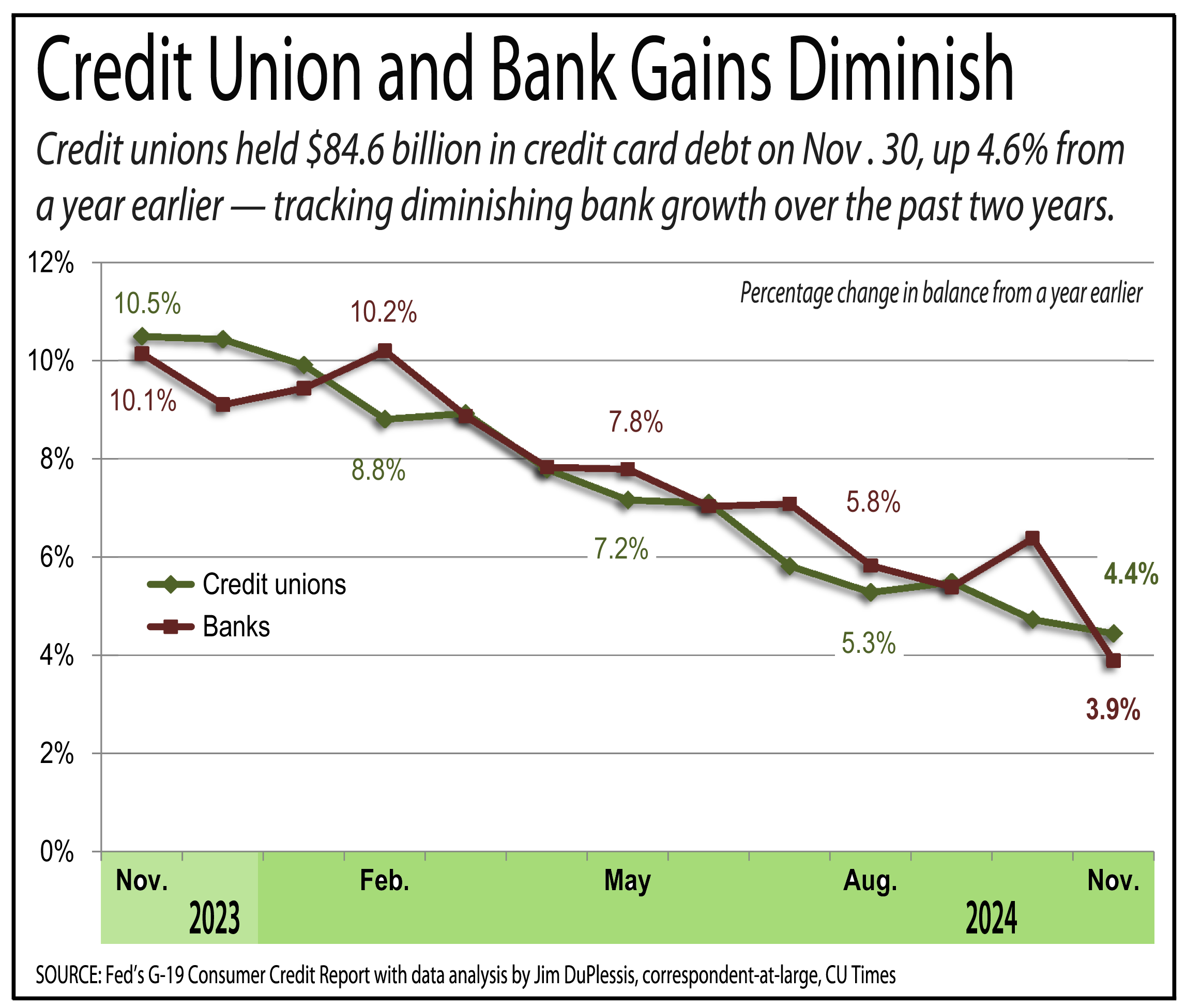VANCOUVER, B.C.-Nothing but blue skies for credit unions' economic future, according to four members of the Credit Union Economics Group. During NAFCU's 37th Annual Conference, the group's Chief Economist and Director of Research Tun Wai predicted that rising consumer confidence will bolster consumer spending. "Boosting consumer confidence and spending is a much stronger employment outlook," he said. CUEG sees rising interest rates in credit unions' future. "Our forecast calls for a 75-100 basis-points increase in the Fed Funds rate this year and likely another 100-125 points in 2005," Wai said. "So, we're expecting about a 200-plus basis point increase for the time period." The economists expect the Federal Reserve's Fed Funds rate to end the year around 1.75 to 2% and reaching over 3% in 2005. CUEG is forecasting 30-year mortgage rates at 6.7% by year-end and climbing to 7.1% by late 2005. WesCorp Executive Vice President and Chief Information Officer Bob Burrell emphasized that managing interest-rate risk liquidity, while minimizing continuing spread compression, will be a key focus for most credit unions. "Credit unions will need to squeeze every basis point of spread they can out of operations whether it's by improving loan or investment yields or aggressively managing their expenses and cost of funds," he said. Burrell also discussed the need for a credit union to know how much interest rate risk is on its books today and develop a clearly defined strategy. "Over the longer term, most credit unions will benefit from a strong economy and higher interest rates," he explained. "However, the short term may be painful for credit unions with high concentrations of fixed-rate mortgages." Burrell added that understanding how the pricing on non-maturity share accounts could evolve will also be a key issue. CUEG panelist Scott Mainwaring, recently named president and CEO of Vystar Financial Group in Jacksonville, Fla., encouraged participants to use the big-picture numbers as a guidepost, "but to drill down to a finer level when benchmarking your credit union's performance results.The key message here is that all economics is local, and most importantly, what is impacting your field of membership." CUNA Mutual Group Chief Economist Dave Colby zeroed in at a strategic level by looking at major trends that will affect credit unions and the consumer financial services marketplace in the future. He stated that spread compression will continue as loans and deposits become pure commodities. Competition, he said, will challenge the long-term sustainability of the depository intermediary business model. "Credit unions will better serve members' financial needs by redefining and broadening their mission from that of `promoting thrift' to `member financial well-being,' " Colby said. The retirement market is a good choice to best help members and credit unions' bottom lines. The nine-member CUEG was formed in April 2003 to provide credit union-specific macroeconomic forecasts and industry trend analyses. [email protected]
Complete your profile to continue reading and get FREE access to CUTimes.com, part of your ALM digital membership.
Your access to unlimited CUTimes.com content isn’t changing.
Once you are an ALM digital member, you’ll receive:
- Breaking credit union news and analysis, on-site and via our newsletters and custom alerts
- Weekly Shared Accounts podcast featuring exclusive interviews with industry leaders
- Educational webcasts, white papers, and ebooks from industry thought leaders
- Critical coverage of the commercial real estate and financial advisory markets on our other ALM sites, GlobeSt.com and ThinkAdvisor.com
Already have an account? Sign In Now
© 2025 ALM Global, LLC, All Rights Reserved. Request academic re-use from www.copyright.com. All other uses, submit a request to [email protected]. For more information visit Asset & Logo Licensing.









